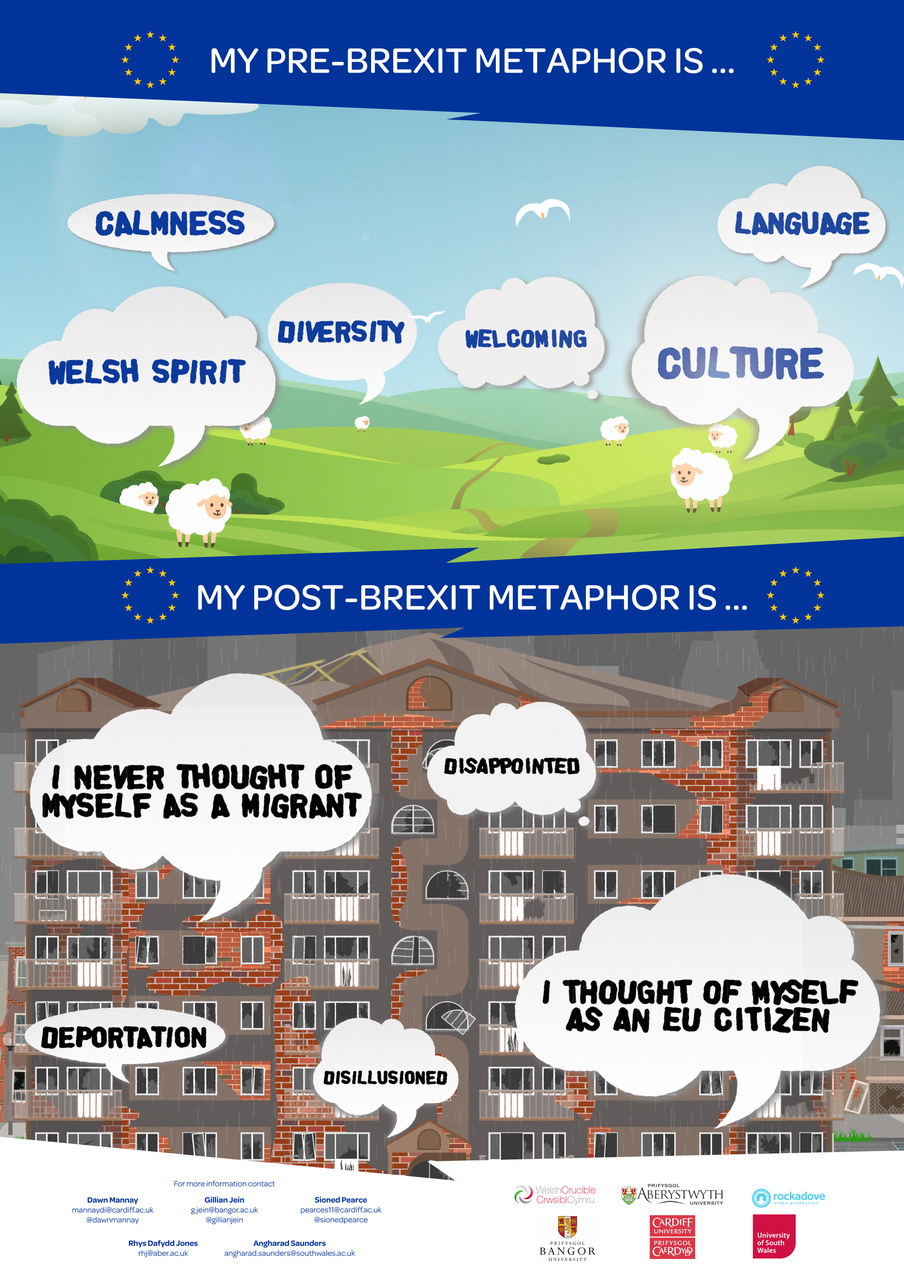
Led by Nicola Mai, the SEXHUM (Sexual Humanitarianism: Migration, Sex Work and Trafficking) project studies the correlation between migration, sex work, and trafficking in the global sex industry, as well as the impact of anti-trafficking and other humanitarian and social interventions targeting migrant sex workers in strategic urban settings in Australia, France and the United States. SEXHUM’s aim is to analyse migrants’ experiences of agency and exploitation, as well as producing new data reflecting the perspectives of migrants working in the global sex industry. The project seeks to ensure that more efficient and ethical policies and social interventions are developed to address sex workers’ needs. The methodology for this research draws upon several qualitative methods, particularly art-science ethnographic filmmaking. Research participants partake in the ethnographic film making to narrate their realities and to address the relational and performative dimensions of their experiences. This methodological approach was adopted to ensure that all intersubjective dimensions of the individual were covered by the research team. Furthermore, ethnographic film-making has been used to explore how the sex workers’ understandings of agency and exploitation have emerged and evolved along the migration experience.

 The Brexit vote engendered a sense of fractured nationhood in Wales. Wales voted to leave the European Union, however, the regions of Ceredigion, Cardiff and Gwynedd voted to remain. A key point of persuasion in the media and Brexit campaign was migration. This project explored representations of migration in Wales, both historically and in the current climate, in these three remain regions. There was an analysis of local print press media around migration to examine the positioning of migrants and the dominant competing discourses. Interviews with migrants explored how they felt they were positioned by wider Welsh society and how the temporal shift between pre- and post-Brexit have impacted on their everyday experiences. Interviews involved pre-tasks where participants worked with a pictorial timeline to reflect on these shifts and created a metaphor to represent their experiences. There was also a photo elicitation activity where images from recent media reports leading up to Brexit were introduced and explored. The findings from the study are presented in multi-modal forms, including an animated short film and two posters, to increase their accessibility and address issues of impact and engagement. You can see an animated film reflecting on the project
The Brexit vote engendered a sense of fractured nationhood in Wales. Wales voted to leave the European Union, however, the regions of Ceredigion, Cardiff and Gwynedd voted to remain. A key point of persuasion in the media and Brexit campaign was migration. This project explored representations of migration in Wales, both historically and in the current climate, in these three remain regions. There was an analysis of local print press media around migration to examine the positioning of migrants and the dominant competing discourses. Interviews with migrants explored how they felt they were positioned by wider Welsh society and how the temporal shift between pre- and post-Brexit have impacted on their everyday experiences. Interviews involved pre-tasks where participants worked with a pictorial timeline to reflect on these shifts and created a metaphor to represent their experiences. There was also a photo elicitation activity where images from recent media reports leading up to Brexit were introduced and explored. The findings from the study are presented in multi-modal forms, including an animated short film and two posters, to increase their accessibility and address issues of impact and engagement. You can see an animated film reflecting on the project